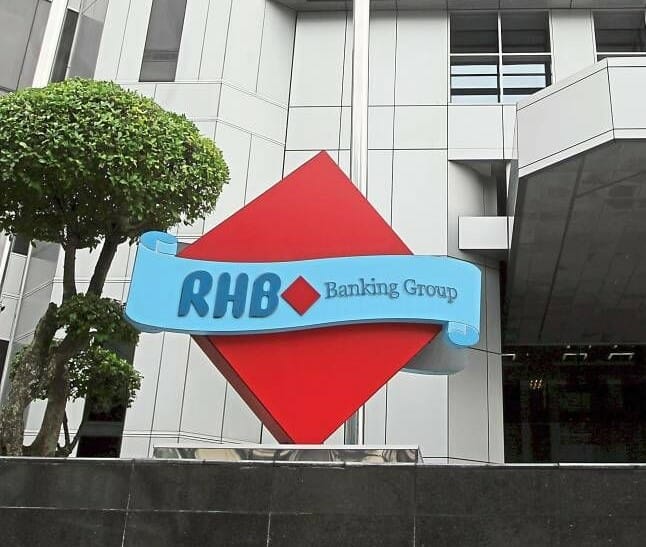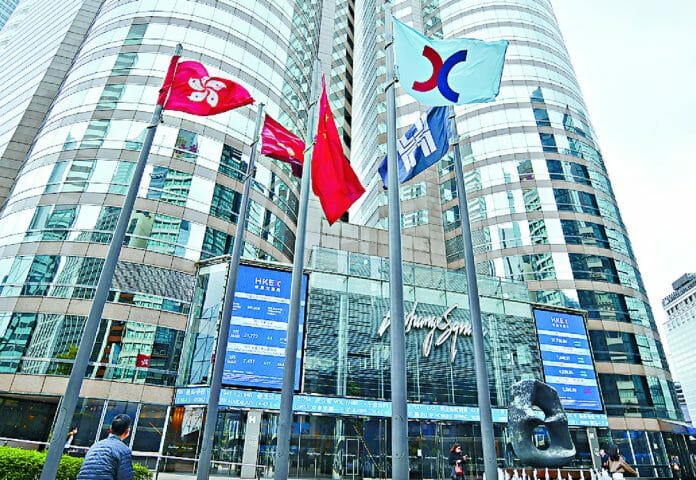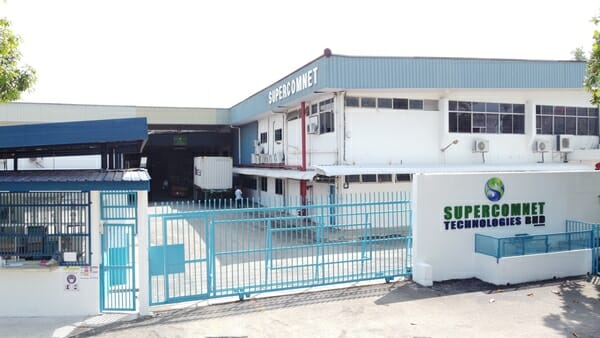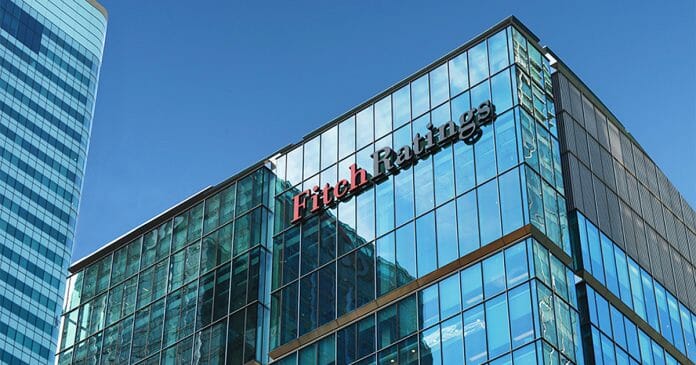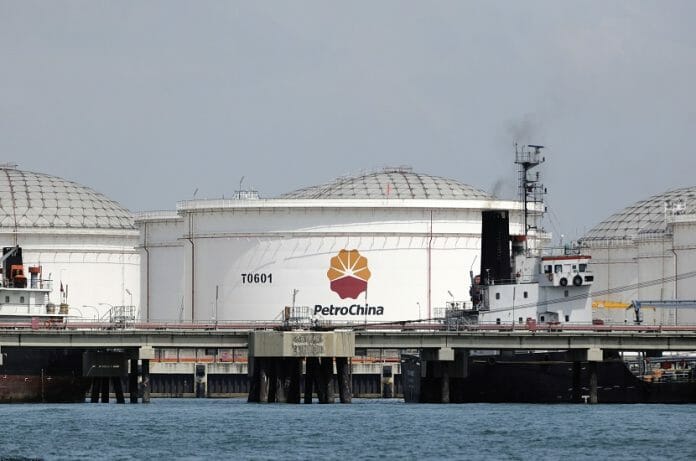Former U.S. President Donald Trump was indicted on felony charges Tuesday for working to overturn the results of the 2020 election in the run-up to the violent riot by his supporters at the U.S. Capitol, with the Justice Department acting to hold him accountable for an unprecedented effort to block the peaceful transfer of presidential power and threaten American democracy.
The four-count indictment, the third criminal case against Trump, provided deeper insight into a dark moment that has already been the subject of exhaustive federal investigations and captivating public hearings. It chronicles a months-long campaign of lies about the election results and says that, even when those falsehoods resulted in a chaotic insurrection at the Capitol, Trump sought to exploit the violence by pointing to it as a reason to further delay the counting of votes that sealed his defeat.
Even in a year of rapid-succession legal reckonings for Trump, Tuesday’s criminal case, with charges including conspiring to defraud the United States government that he once led, was stunning in its allegations that a former president assaulted the “bedrock function” of democracy. It’s the first time the defeated president, who is the early front-runner for next year’s Republican presidential nomination, is facing legal consequences for his frantic but ultimately failed effort to cling to power.
“The attack on our nation’s Capitol on Jan 6, 2021, was an unprecedented assault on the seat of American democracy,” said Justice Department special counsel Jack Smith, whose office has spent months investigating Trump. “It was fuelled by lies, lies by the defendant targeted at obstructing a bedrock function of the U.S. government: the nation’s process of collecting counting and certifying the results of the presidential election.”
Trump was the only person charged in Tuesday’s indictment. But prosecutors obliquely referenced a half-dozen co-conspirators, including lawyers inside and outside of government who they said had worked with Trump to undo the election results. They also advanced legally dubious schemes to enlist slates of fake electors in seven battleground states won by Democrat Joe Biden to falsely claim that Trump had actually won them.
The indictment accuses the defeated president and his allies of trying to “exploit the violence and chaos” by calling lawmakers into the evening on Jan. 6 to delay the certification of Biden’s victory.
It also cites handwritten notes from former Vice President Mike Pence that give gravitas to Trump’s relentless goading to reject the electoral votes. Pence, who is challenging Trump for the GOP presidential nomination, declined overtures from a House panel that investigated the insurrection and sought to avoid testifying before the special counsel. He appeared only after losing a court fight, with prosecutors learning that Trump in one conversation called him “too honest” to stop the certification.
Trump is due in court Thursday, the first step in a legal process that will play out in a courthouse situated between the White House he once controlled and the Capitol his supporters once stormed. The case is already being dismissed by the former president and his supporters — and even some of his rivals — as just another politically motivated prosecution.
Yet the case stems from one of the most serious threats to American democracy in modern history.
The indictment centers on the turbulent two months after the November 2020 election in which Trump refused to accept his loss and spread lies that victory was stolen from him. The turmoil resulted in the riot at the Capitol, when Trump loyalists violently broke into the building, attacked police officers and disrupted the congressional counting of electoral votes.
In between the election and the riot, Trump urged local election officials to undo voting results in their states, pressured Pence to halt the certification of electoral votes and falsely claimed that the election had been stolen — a notion repeatedly rejected by judges. Among those lies, prosecutors say, were claims that mote than 10,000 dead voters had voted in Georgia along with tens of thousands of double votes in Nevada. Each claim had been rebutted by courts or state or federal officials, the indictment says.
Prosecutors say Trump knew his claims of having won the election were false but he “repeated and widely disseminated them anyway — to make his knowingly false claims appear legitimate, to create an intense national atmosphere of mistrust and anger, and to erode public faith in the administration of the election.”
The indictment had been expected since Trump said in mid-July that the Justice Department had informed him he was a target of its investigation. A bipartisan House committee that spent months investigating the run-up to the Capitol riot also recommended prosecuting Trump on charges, including aiding an insurrection and obstructing an official proceeding.
The indictment includes charges of conspiring to defraud the U.S., conspiring to obstruct an official proceeding and violating a post-Civil War Reconstruction Era civil rights statute that makes it a crime to conspire to violate rights that are guaranteed by the Constitution — in this case, the right to vote.
The mounting criminal cases against Trump are unfolding in the heat of the 2024 race. A conviction in this case, or any other, would not prevent Trump from pursuing the White House or serving as president, though Trump as president could theoretically appoint an attorney general to dismiss the charges or potentially try to pardon himself.
In New York, state prosecutors have charged Trump with falsifying business records about a hush money payoff to a porn actor before the 2016 election. The trial begins in late March.
In Florida, the Justice Department has brought more than three dozen felony counts, accusing him of illegally possessing classified documents after leaving the White House and concealing them from investigators. The trial begins in May.
Prosecutors in Georgia are investigating efforts by Trump and his allies to reverse his election loss to Biden there. The district attorney of Fulton County is expected to announce charging decisions within weeks.
As part of his federal investigation, Smith’s team cast a broad net, with his team of prosecutors questioning senior Trump administration officials, including Pence, before a grand jury in Washington. Prosecutors also interviewed election officials in Georgia, Wisconsin, Michigan and other battleground states won by Biden who were pressured by the Trump team to change voting results.
Rudy Giuliani, a Trump lawyer who pursued post-election legal challenges, spoke voluntarily to prosecutors weeks before the indictment. Giuliani was not cited by name in the indictment, but appears to match the description of one of the co-conspirators. A spokesman for Giuliani said Tuesday night that Trump had a “good-faith basis” for the actions he took.
Attorney General Merrick Garland last year appointed Smith, an international war crimes prosecutor who also led the Justice Department’s public corruption section, as special counsel to investigate efforts to undo the election as well as Trump’s retention of classified documents at his Florida home, Mar-a-Lago. Although Trump has derided him as “deranged” and called him politically motivated, Smith’s past experience includes overseeing significant prosecutions against high-profile Democrats.
The Justice Department’s investigations began well before Smith’s appointment, proceeding alongside separate criminal probes into the rioters themselves. More than 1,000 people have been charged in connection with the insurrection, including some with seditious conspiracy. – AP



